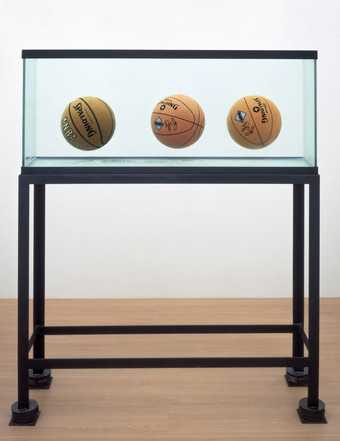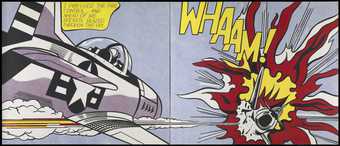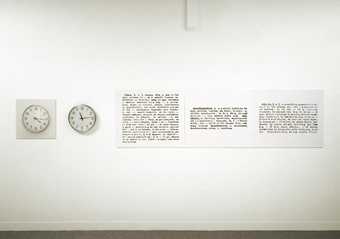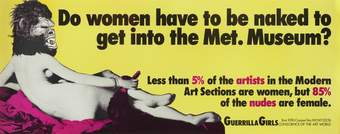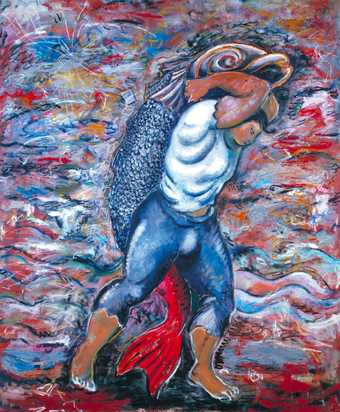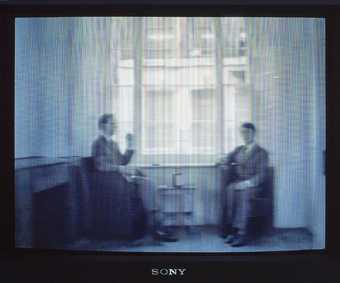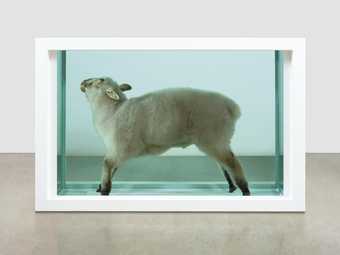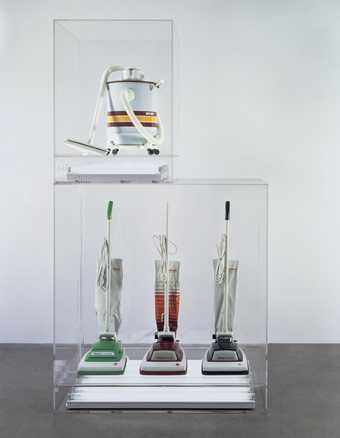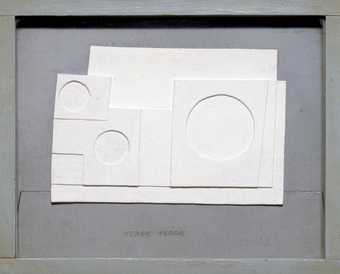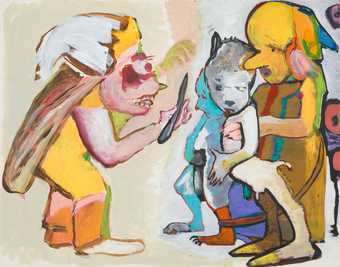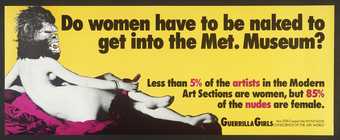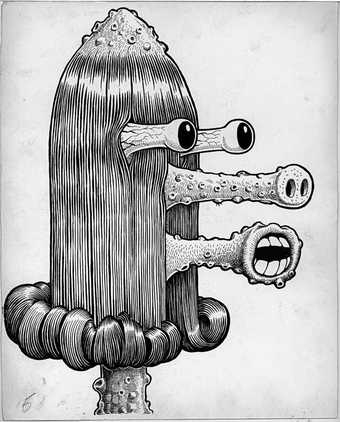The term was first used around 1970. As an art movement postmodernism to some extent defies definition – as there is no one postmodern style or theory on which it is hinged. It embraces many different approaches to art making, and may be said to begin with pop art in the 1960s and to embrace much of what followed including conceptual art, neo-expressionism, feminist art, and the Young British Artists of the 1990s.
Post-modernism and Modernism
Postmodernism was a reaction against modernism. Modernism was generally based on idealism and a utopian vision of human life and society and a belief in progress. It assumed that certain ultimate universal principles or truths such as those formulated by religion or science could be used to understand or explain reality. Modernist artists experimented with form, technique and processes rather than focusing on subjects, believing they could find a way of purely reflecting the modern world.
While modernism was based on idealism and reason, postmodernism was born of scepticism and a suspicion of reason. It challenged the notion that there are universal certainties or truths. Postmodern art drew on philosophy of the mid to late twentieth century, and advocated that individual experience and interpretation of our experience was more concrete than abstract principles. While the modernists championed clarity and simplicity; postmodernism embraced complex and often contradictory layers of meaning.
The many faces of postmodernism
Anti-authoritarian by nature, postmodernism refused to recognise the authority of any single style or definition of what art should be. It collapsed the distinction between high culture and mass or popular culture, between art and everyday life. Because postmodernism broke the established rules about style, it introduced a new era of freedom and a sense that ‘anything goes’. Often funny, tongue-in-cheek or ludicrous; it can be confrontational and controversial, challenging the boundaries of taste; but most crucially, it reflects a self-awareness of style itself. Often mixing different artistic and popular styles and media, postmodernist art can also consciously and self-consciously borrow from or ironically comment on a range of styles from the past.
Jacques Lacan
Jacques Lacan (1901–1981), was a prominent French psychoanalyst and theorist. His ideas had a huge impact on critical theory in the twentieth century and were particularly influential on post-structuralist philosophy and the development of postmodernism. Lacan re-examined the psychiatry of Sigmund Freud, giving it a contemporary intellectual significance. He questioned the conventional boundaries between the rational and irrational by suggesting that the unconscious rather than being primitive, is just as complex and sophisticated in its structure as the conscious. He proposed that the unconscious is structured like a language which allows a discourse between the unconscious and conscious and ensures that the unconscious plays a role in our experience of the world.

